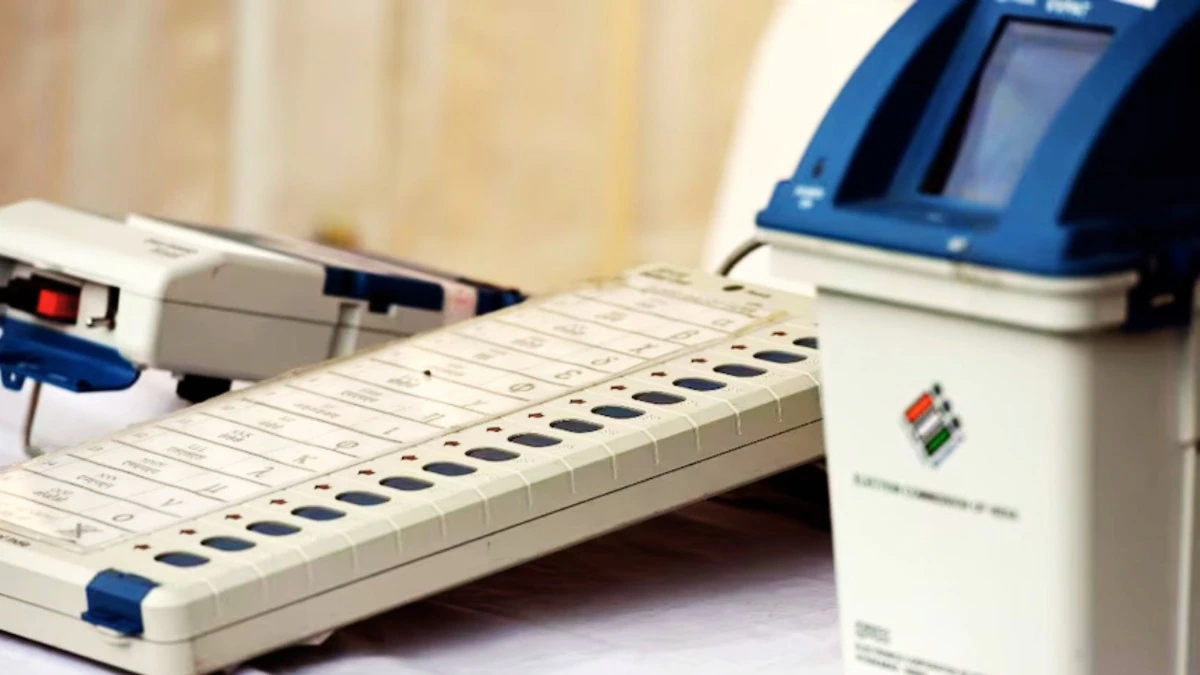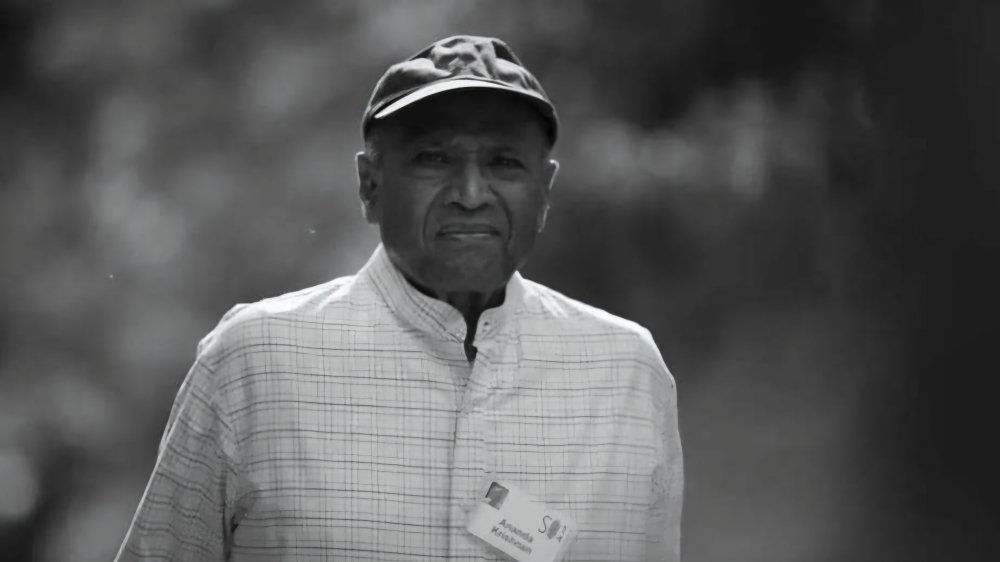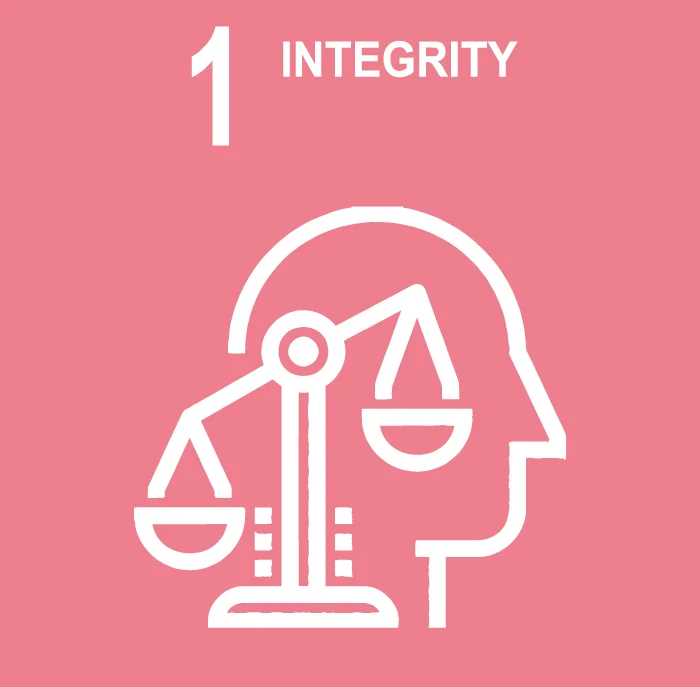With the upcoming elections in Jammu & Kashmir, a significant question looms: Will Srinagar’s historically low voter turnout see a remarkable rise this time? The region, once a political stronghold of the National Conference, has witnessed tumultuous electoral history marked by boycotts and allegations of rigging.
Srinagar’s complex relationship with elections dates back to the time of Sheikh Mohammad Abdullah, whose arrest transformed the National Conference into the Plebiscite Front. From 1957 to 1977, allegations of rigged elections were rampant. The infamous 1987 elections, marred by fraud claims, are often cited as a catalyst for the region’s militancy.
A Look Back at Voting Patterns in Srinagar
The Assembly Elections in J&K have been held 13 times, with varying levels of voter participation. Notably, the elections of 1977, 1983, and 1987 saw substantial voter turnouts in Srinagar, but participation dramatically declined post-1990, particularly in key assembly segments like Khanyar, Zadibal, and Amira Kadal, where voting percentages dropped as low as 3-4% in 2002.
In the 1970s, Zadibal Assembly Constituency saw vibrant participation. The 1977 election, regarded as one of the most transparent in Kashmir’s history, recorded an 81% turnout, with a fierce contest between National Conference’s Ghulam Ahmad Shunthoo and Janata Party’s Saleem Anwar Dhar. In 1983, NC’s Sheikh Abdul Rashid set a record with nearly 50,000 votes, capturing 88% of the total vote.
Similarly, Khanyar and Amira Kadal witnessed high voter engagement through the 1970s and 1980s, but by 1996, turnout in these constituencies plummeted to 11%, and in 2002, Amira Kadal saw a meager 3% participation.
Looking Ahead: Will the Numbers Rise?
The political landscape in Srinagar has changed significantly, and there is cautious optimism that voter turnout will improve in the upcoming elections. After years of boycotts, many voters may now see the ballot as a means of expressing their frustrations with the authorities. A turnout of 50 to 55% is expected in district Srinagar, offering hope for a new chapter in the region’s democratic process.
Let’s hope for transformation this time, as the people of Srinagar take a step towards shaping their future through the power of the vote.




